Maybe you’re a veteran road runner, or maybe you’re just lacing up your running shoes for the first time. Either way, next time you head outside, we highly recommend that you take your run off-road.
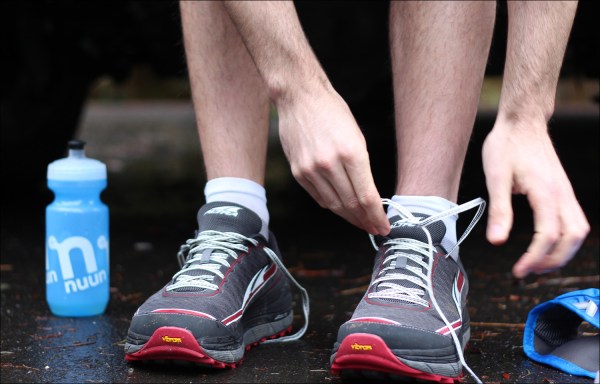
Why Run Trails?
Taking to the dirt can gift a runner with incredible viewpoints, the escape and beauty of the trails, and a lot of health and fitness benefits. Because dirt is softer and more forgiving than pavement, trail running can lessen impact on joints while you’re strengthening your muscles.
But that’s not to say that trail running is easier than road running. Taking your training to the trailhead requires planning and preparation that road warriors may not be accustomed to. Aside from safety—such as leaving your route details with someone at home, carrying an emergency contact number, setting out with a map, and wearing proper gear for the terrain and weather—the next most important aspect to a successful run on the trail is proper hydration and nutrition.
There are a lot of factors that will affect your refueling needs during a day on the trails. “Keep in mind that elevation and terrain can impact your hydration and nutrition needs,” says Amy Sproston, nuun Elite Team ultramarathoner. “A 15-miler on the roads is not the same as a 15-miler climbing up and down a technical mountain trail.”
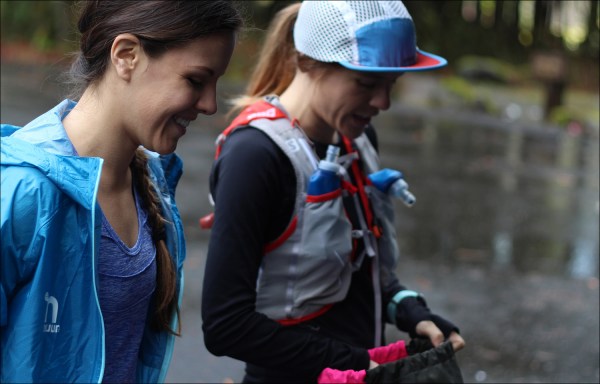
Here are our hydration and nutrition tips, from nuun athletes and team members.
Hydration on the Trail
When you sweat, your body loses both fluid and electrolytes, and when you’re exercising for several hours, it’s important to replace both at or near the same rate at which you’re losing them.
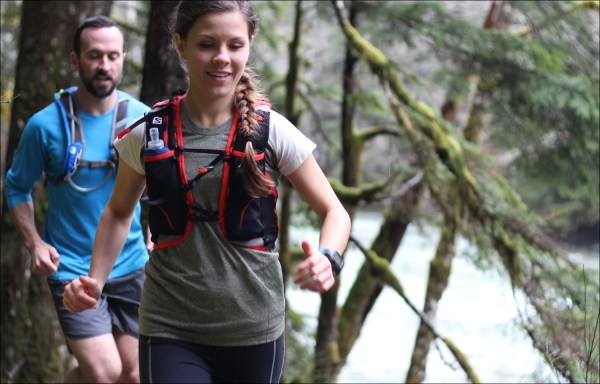
“When exercising for an extended period of time,” says nuun nutritionist Vishal Patel, “the average athlete requires about 16 ounces of electrolyte replacement fluid, and 100–200 calories from carbohydrates per hour.” However, trail running can push your needs above average. Some athletes plan on replacing 20 ounces of fluid per hour, depending on conditions.
Electrolytes can help regulate muscle and organ function—and can help keep you mentally sharp, which is especially important when you’re navigating tricky terrain.
A few additional tips:
Find a pack or handheld bottle that suits your running style. Water bottles should pull out and slide back easily into a pack or vest. If they’re hard to access, you might not drink enough.
Save weight on your run by drinking a good amount of electrolyte-enhanced fluid before you head out. Also, have some waiting at your endpoint so you can rehydrate quickly if your supply runs low on the trail. (It’s always a smart idea to plan on being out longer than you might expect.)
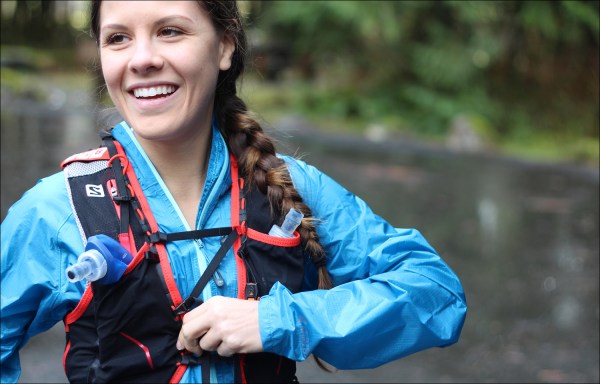
Sometimes it’s tough to know how much you’re sweating when you’re running in dry or cold conditions. Remember to stay on top of your hydration needs even if you don’t show visible signs of perspiration.
Nutrition on the Trail
Patel recommends pairing a well-balanced electrolyte supplement with food or gels that give you 30g–60g of carbohydrates per hour.
That said, gels and bars get old really fast. Because of a slower speed in trail running, you can get away with “real” food. Some runners suggest a mixture of sweet, salty and savory with even some pickled foods. And watch your protein intake—too much of it may dehydrate you and may give you GI issues.
“Taking in carbohydrates through both fluid and foods will help ease stomach discomforts,” says Patel, “and increase the absorption of both fluids and nutrients.”
Tip:
Refuel based on time, not miles run. Set a timer on your watch as a reminder to eat or drink every 20-40 minutes even if you don’t feel hungry or thirsty. Your body will thank you later.
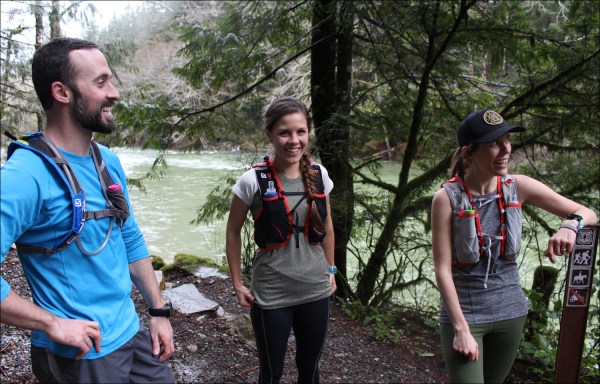
Shop nuun products at REI.com.
